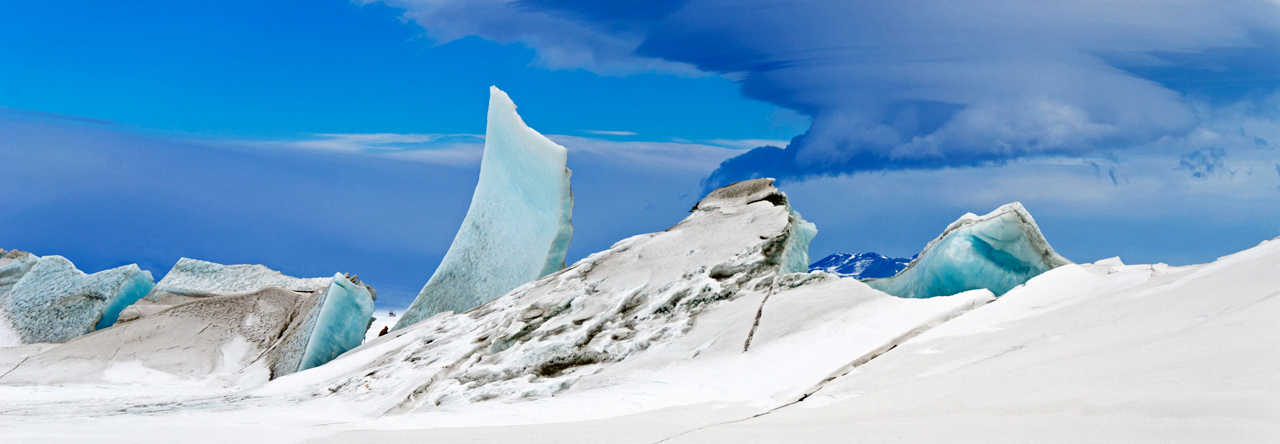I recently had the opportunity to enjoy an all-expenses-paid resort trip to Playa del Carmen, Mexico with Mark Musselman (the other half of Momu). While I’d written plenty of music on the road with an ultra-minimal laptop + headphones setup, this was the first time attempting to travel with a “mini-studio” that would make collaborative beat-making easy and fun and not involve additional checked luggage. The vacation (or “creative sabbatical”) happened to coincide with the release of Momu’s new album The Mission (now available on Beatport, also presale until April 8 on iTunes and Amazon).
When planning our gear we knew we needed the following:
- two headphone jacks
- great external powered sound (no amp needed) with sub
- MIDI keyboard
- laptop with music production software (and required dongles)
- XLR microphone input (powered)
For sounds we would rely on “in the box” synths and samplers, including all our staples from Native Instruments (Battery 4, Massive, Kontact) as well Halion 4 from Steinberg. Our main sequencer/DAW is Cubase (also from Steinberg), though we sometimes use Ableton Live as well. For FX we use quite a few from Togu Audio Line.
From our existing equipment we brought the following:
- MacBook Pro with music software and dongles (13″ 2011 model)
- Oxygen 8 MIDI keyboard
- M-Audio Firewire 1814
- AKG C3000 microphone
- headphones
- external keyboard and mouse
- power strip (luckily Mexico and US power voltage and plugs are completely compatible)
All of the equipment is a bit older, and most of it is very light (both ideal attributes for travel). I was concerned about the small laptop screen but since we worked exclusively on new material it turned out not to be an issue. More developed tracks in later production phases often bloat to 100+ separate tracks (including MIDI, audio, FX, and control channels), but we were simply working on new beats, basslines, chord progressions, and melodies (no more than a dozen tracks per sketch).
We considered buying a new external “lightweight” sound interface, but very few feature more than a single headphone output (I’ve tried using headphone splitters in the past, but most of them are unpowered or underpowered and the sound comes out tinny and shitty). M-Audio’s M-Track 8 looks nice (and I’ll probably upgrade to it eventually because Firewire is discontinued on the newer Macs) but it’s bigger and bulkier than the Firewire 1814. So no purchase needed.
For external sound we ended up going with the extremely reasonably priced (about $50) iKross BlueLED Satellite Speaker Stereo Sound System. Despite the cheesy blue lighting these things sound great, and with the bass set at about the halfway mark for hotel room compositions, our sketches sounded remarkably balanced when I brought them home and played them back on the room-tuned JBL studio monitors.
I also brought an external QWERTY keyboard and mouse for the Mac, but ended up not using them. The trackpad and built-in keyboard turned out to be more comfortable for our particular setup, but USB ports were also in limited supply. I should have brought my Belkin 7 port USB hub. Anti-piracy dongles took up two USB ports, which is a pain. As an aside, I think Steinberg’s use of dongles is short-sighted. Sure — it prevents privacy and raises revenue in the short-term, but in the long-term it annoys professional producers like myself (who will pay for software even if it isn’t protected) and excludes broke young producers who just can’t afford expensive music software. Those innovative, time-rich/money poor producers end up using free, cheap, or more easily pirated software like Fruity Loops, and then go on to create entire new genres (like trap) that are based on the particular quirks of that software. Cubase is a powerful, well-designed application that can do anything you can think of (and more) but people aren’t inventing new genres with it.
Hotel Beats
The compact iKross (only 7lbs) speakers plus sub are plenty loud. With the amount of noise we made I’m surprised nobody complained. The mobile setup worked great. If I’d remembered a few minor additions (USB hub, a dual 1/4″ to stereo miniphone cable) it would have been perfect. As it was there was some cable switching involved when we wanted to switch from headphones to external sound, and we had to unplug one of the FX dongles to use the MIDI keyboard. But overall it worked! We probably got in about 20 hours of studio time over five days (the rest of the time we were biking around, swimming in the ocean, or drinking at the pool bar).
Our next single will be remixes of Sixth & Mission featuring Missa Hawk (with remixes from Issac, Jose Vizcaino, Marshall Watson, Schoolboy Crush, and our own “Momu’s Mayakoba Dub”). Look for that on Loöq Records.




Kuze
Did you spare no expense?
😉
J.D. Moyer
Through a strange set of circumstances I was spared almost every expense.
mom
. . . and I thought packing for South Africa was hard!
J.D. Moyer
Well the only thing I packed besides the gear was swim trunks and a couple t-shirts …